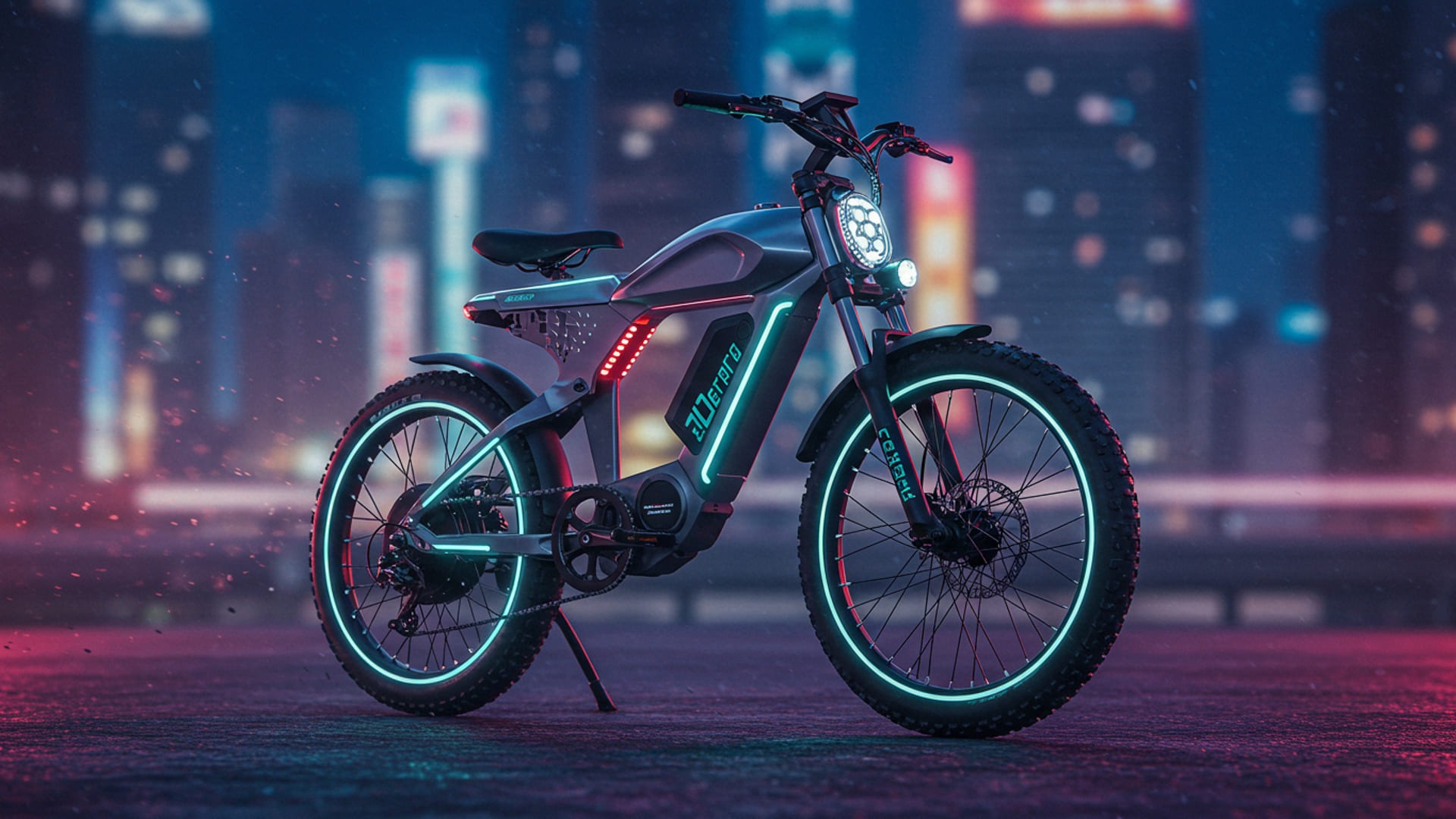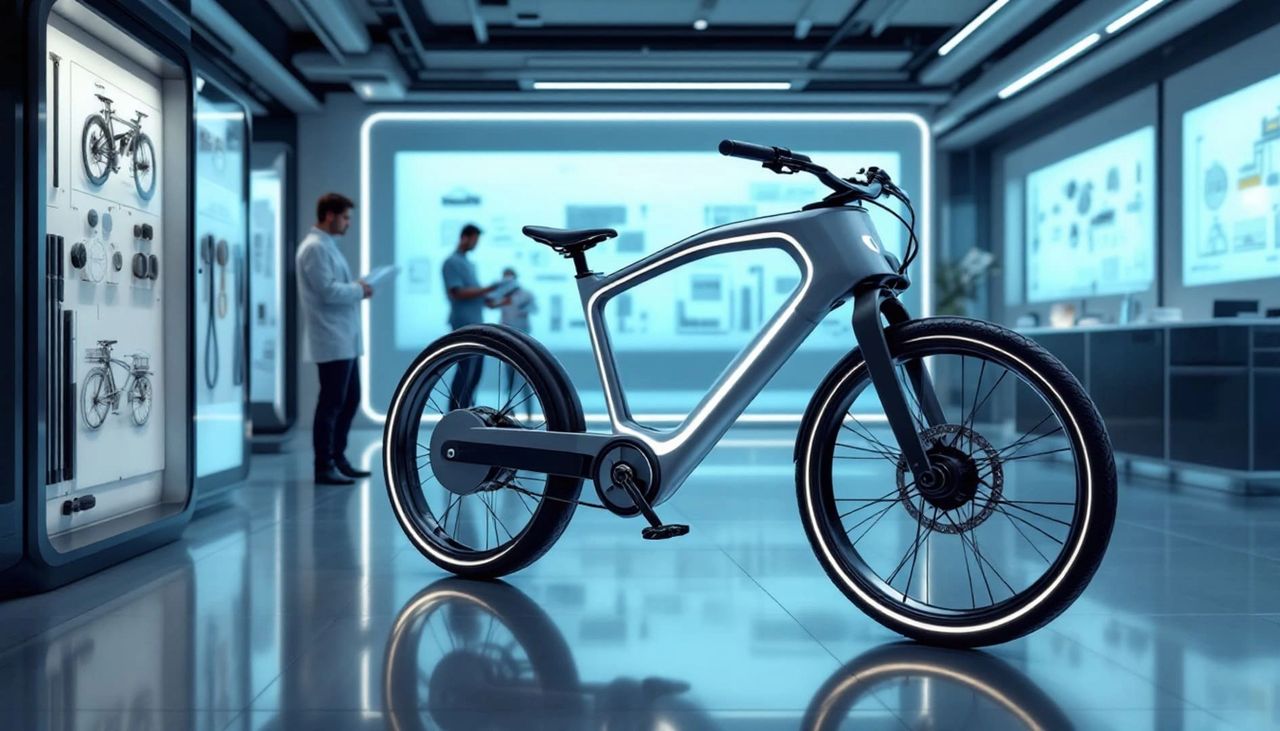E-bikes are evolving faster than ever, with new technologies reshaping how we ride, charge, and navigate. From advanced motors to smart safety features, these top 10 innovations are revolutionizing the e-bike industry in 2025.
1. AI-Powered Smart Assist Systems
E-bikes are becoming smarter with AI-driven pedal assist technology. These systems analyze your riding behavior, terrain, and effort in real-time to adjust motor assistance automatically for a more natural and efficient ride.
🚲 Example: Bosch’s Smart System adapts assistance levels dynamically based on speed, slope, and pedaling power.
2. Wireless Electronic Gear Shifting
Traditional derailleurs are being replaced by wireless electronic shifting that provides precise, smooth, and instant gear changes with the tap of a button.
🚲 Example: SRAM and Shimano now offer electronic shifting for e-bikes, eliminating mechanical cables and reducing maintenance.
3. Longer-Lasting, Fast-Charging Batteries
Battery technology is improving, with higher energy density, faster charging times, and increased lifespan. Some brands are even developing solid-state batteries that charge in minutes instead of hours.
🚲 Example: Tesla-backed battery companies are working on solid-state e-bike batteries that could double range while reducing weight.
4. GPS Anti-Theft Tracking & Remote Locking
Bike theft is a major issue, but new GPS tracking and remote locking systems allow riders to monitor and disable their e-bikes remotely via smartphone apps.
🚲 Example: VanMoof’s integrated GPS tracking and remote lockdown helps recover stolen bikes.
5. Lightweight Carbon Fiber E-Bike Frames
While e-bikes have traditionally been heavy, new carbon fiber and aerospace-grade aluminum frames are reducing weight without sacrificing durability.
🚲 Example: Specialized and Trek now offer ultra-lightweight carbon e-bikes that weigh under 30 lbs.
6. Regenerative Braking for Extended Range
Some e-bikes now feature regenerative braking, similar to electric cars, which converts braking energy into battery power, increasing range.
🚲 Example: The Stromer ST5 integrates regenerative braking to extend battery life on long rides.
7. Solar-Powered Charging Stations
More cities are installing solar-powered e-bike charging stations, allowing riders to charge on the go without relying on the grid.
🚲 Example: European cities like Berlin and Amsterdam now have solar bike-charging hubs for public use.
8. Smart Helmets with Integrated Lights and Communication
E-bike helmets are evolving with built-in LED lights, Bluetooth speakers, and crash-detection systems.
🚲 Example: Lumos offers helmets with turn signals, brake lights, and connectivity to navigation apps.
9. Self-Healing Tires to Prevent Flats
Flats are one of the biggest hassles for e-bike riders, but new self-sealing and airless tires are eliminating the need for constant repairs.
🚲 Example: Michelin and Schwalbe are working on puncture-proof tires that seal themselves when punctured.
10. AI-Powered Traffic Detection for Safer Rides
Some e-bikes now feature built-in cameras and AI sensors that detect traffic, pedestrians, and obstacles, alerting riders in real-time.
🚲 Example: The Canyon Roadlite:ON includes AI-powered hazard detection to warn riders of blind spots and fast-approaching vehicles.
Final Thoughts
These 10 innovations are transforming the e-bike industry, making rides smarter, safer, and more efficient. As technology continues to advance, we can expect even more groundbreaking improvements in the future!








Leave a Reply